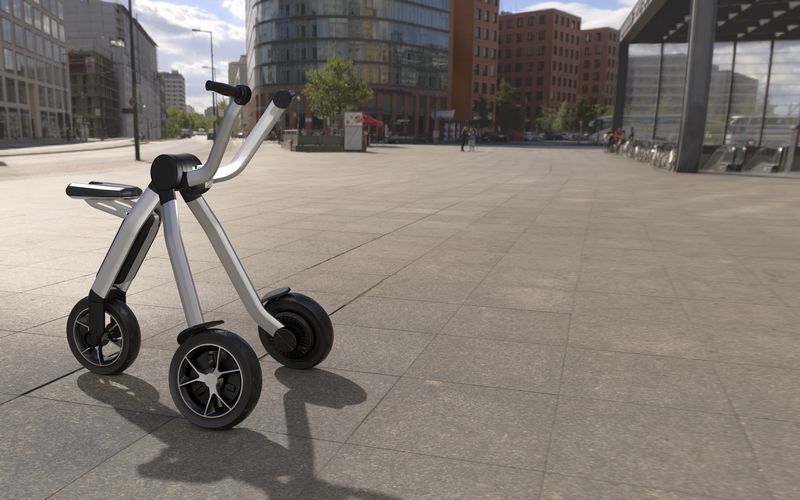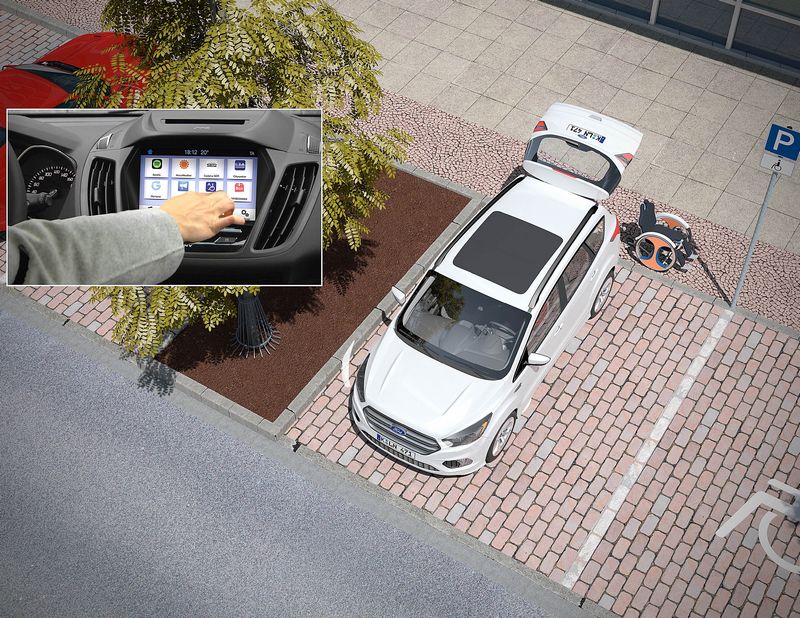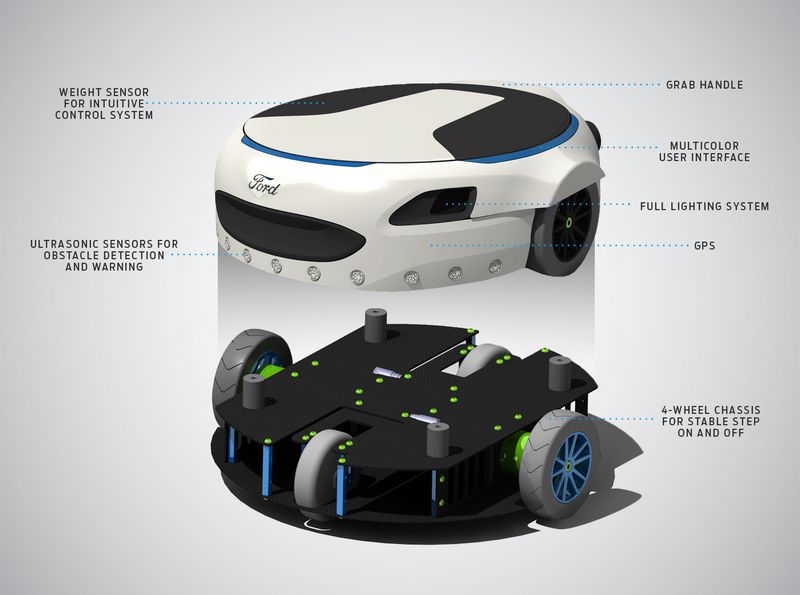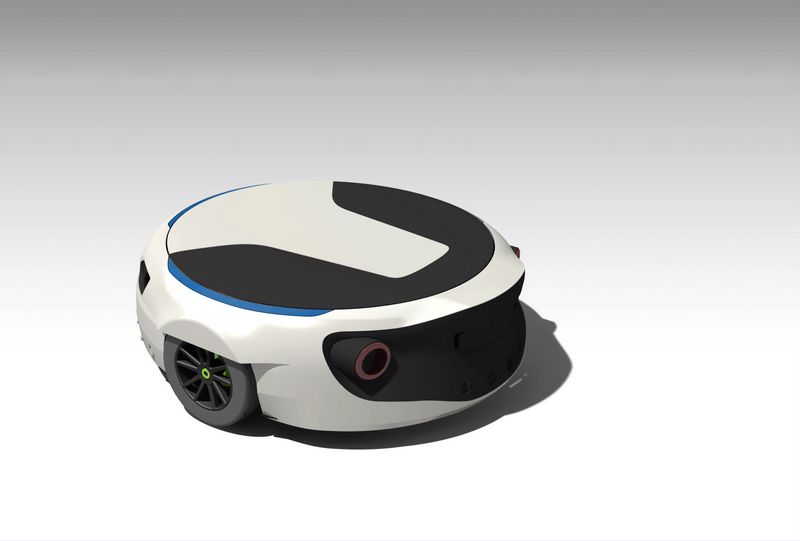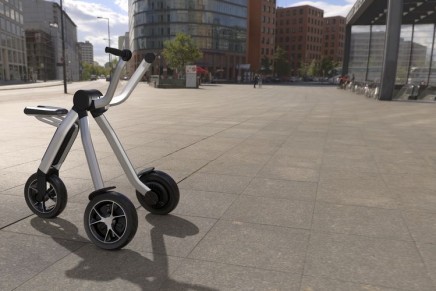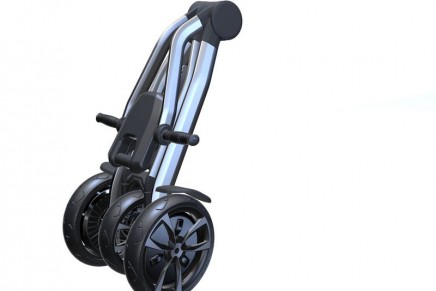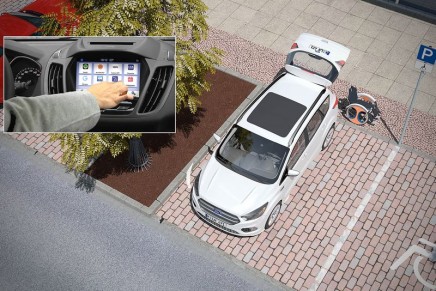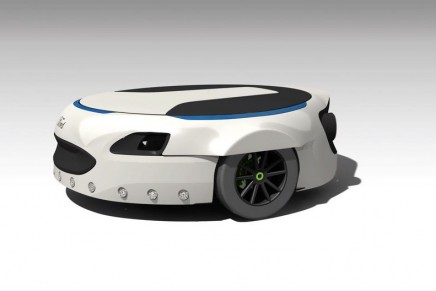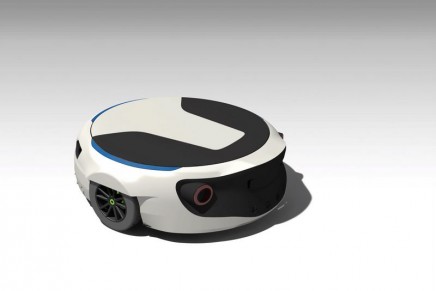Electric rideable platform Carr-E, folding electric tricycle TriCiti, and self-loading electric wheelchairEchair are among finalists in 2016/2017 Ford employee innovation challenge. “Personal assistant devices canhelp people to cover the final kilometres of their journey quickly and easily, and to transport heavy objectsthey might not be able to carry.”
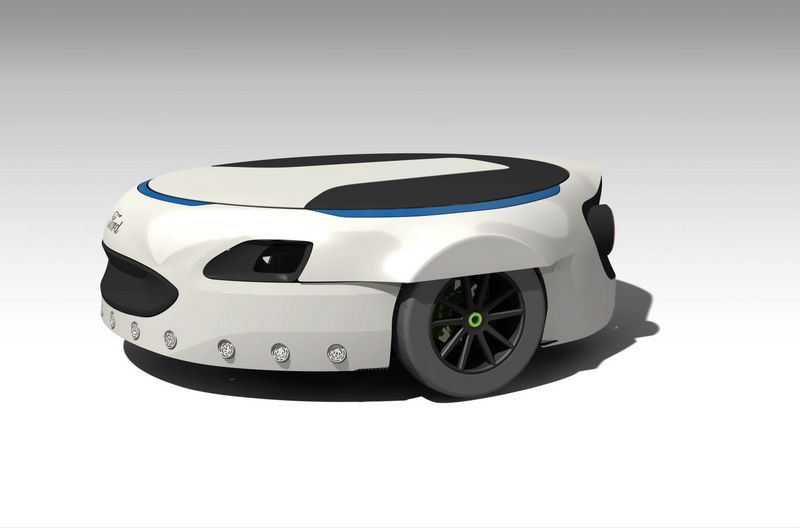
Cities are rapidly growing and getting around urban areas will become progressively more complicated. How tomove people or goods in urban areas? 2016 Ford Last Mile Mobility Challenge received proposals for over 600electric personal assistant devices from Ford employees around the world. The number of total inventionsexpected to set an annual record in 2016.
An innovative personal transportation system designed to fit neatly into boot space usually occupied by a car’s spare wheel is among the finalists in this challenge to create future ‘last mile’ mobility solutions for urban areas.
The Carr-E – developed by Kilian Vas, a Ford systems engineer based in Cologne, Germany – was among 633 proposals for personal mobility solutions created by Ford employees as part of the company’s Last Mile Mobility Challenge to develop electric personal assistant devices that will help to make transportation betterin areas where vehicles are not permitted or practical, and which help people to get to their final destination from their car.
The Carr-E can transport people or objects up to 120 kg, has a range of 22 kilometers (14 miles) and a top speed of 18 km/h (11 mph). The innovative transport solution is shortlisted for the innovation challenge finals alongside the TriCiti – a folding electric tricycle that can be easily adapted into a shopping cart, stack trolley or golf buggy; and the Echair concept – an electric wheelchair that can be autonomously loaded into a vehicle.
“We really need to reinvent the wheel, to find new approaches to mobility,” Vas said. “When developing the Carr-E, I was inspired by Ford’s expansion into both an auto and a mobility company, but I’m also aware of how rapidly cities are growing and how getting around urban areas will become progressively more complicated. I really wanted to create a device that makes commuting easier and more fun.”
Vas collaborated with his colleague Daniel Hari and his manager Dr. Uwe Wagner, and worked with designers from Ford of Europe and prototyping specialists from RWTH Aachen University to create the Carr-E. The four-wheeled device is designed to complement the use of a vehicle and support commuters during the final part of their journey, between parking space and destination.
The Carr-E can also be used to transport heavy objects. Users simply place the object on the device and it will follow an electronic transmitter they keep in their possession.
The TriCiti, developed by James Neugebauer, Torsten Gerhardt and Robert Spahl – all working within Vehicle Architecture, Ford of Europe – is also designed to be both a rideable device and all-purpose carrying assistant. The foldable transportation solution can be adapted to carry shopping or items such as golf bags, and can easily be taken onto public transport or stored in a vehicle. The TriCiti has a range of 30 kilometres (19 miles) and a top speed of 20 km/h (12 mph).
The Echair, developed by Gunther Cuypers, Robin Celis and David Longin – all engineers at Ford’s Lommel Proving Grounds, Belgium – is a lightweight electric wheelchair with a self-loading solution, designed to offer greater independence to people with reduced mobility.

